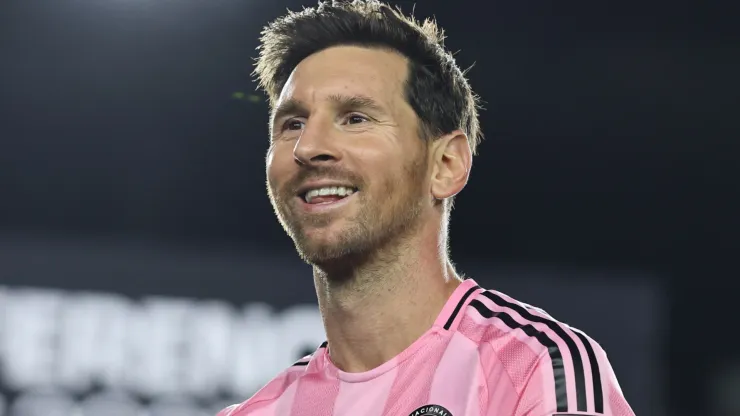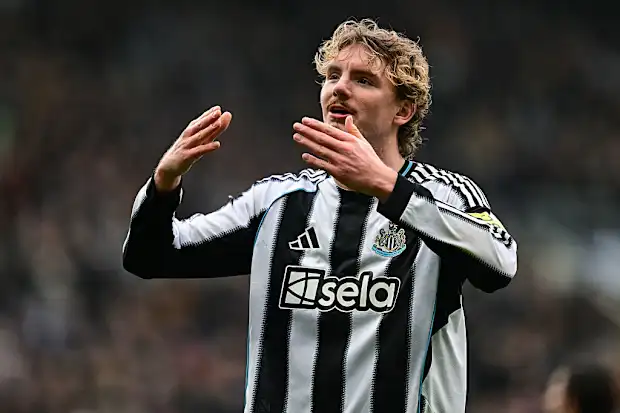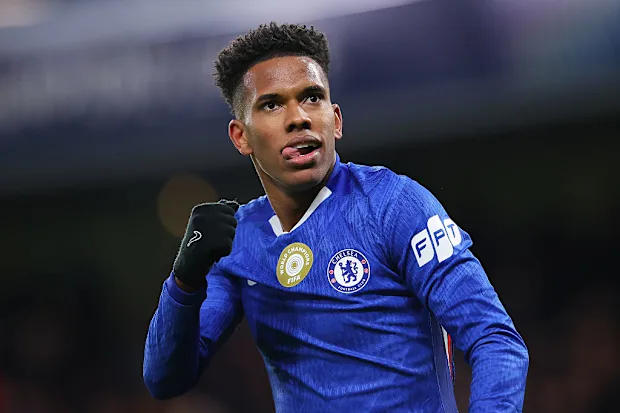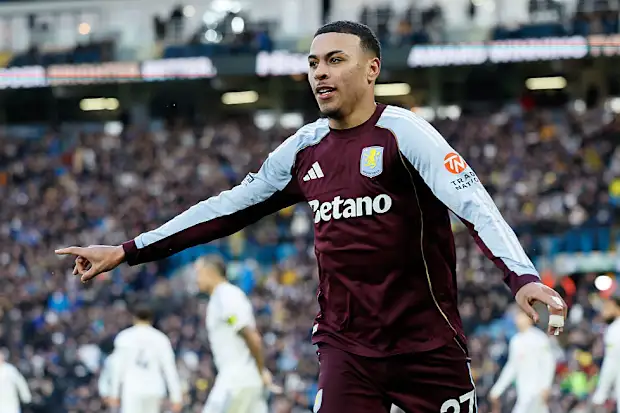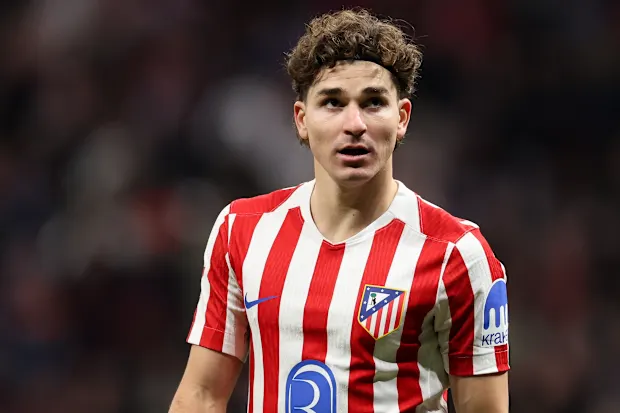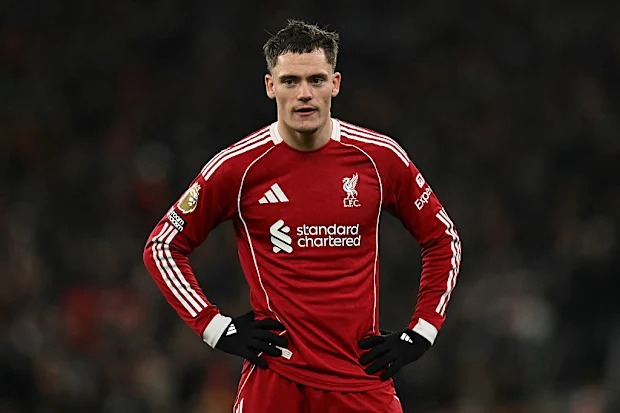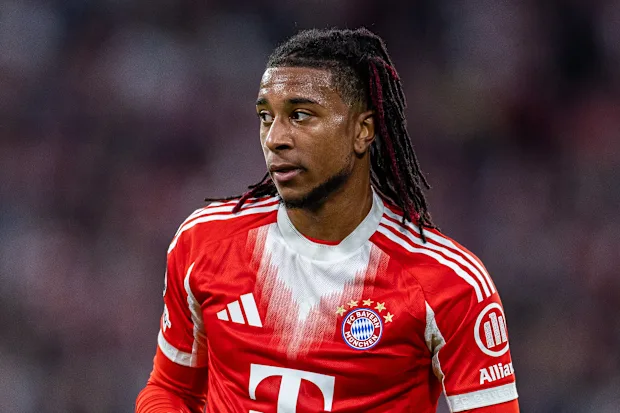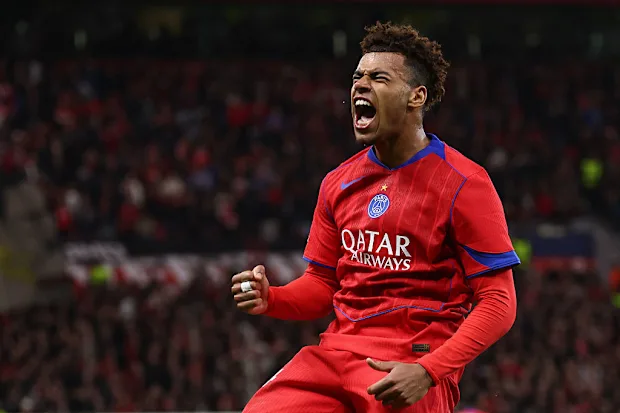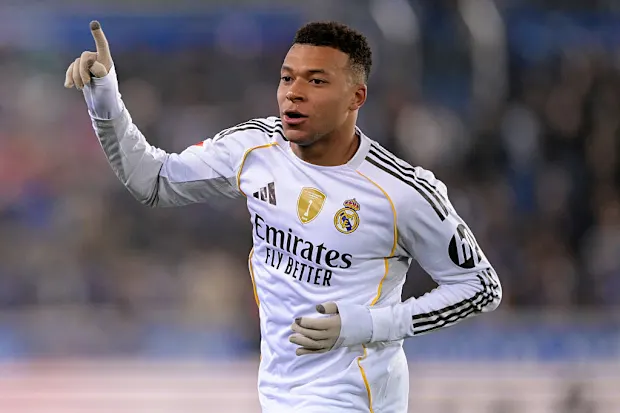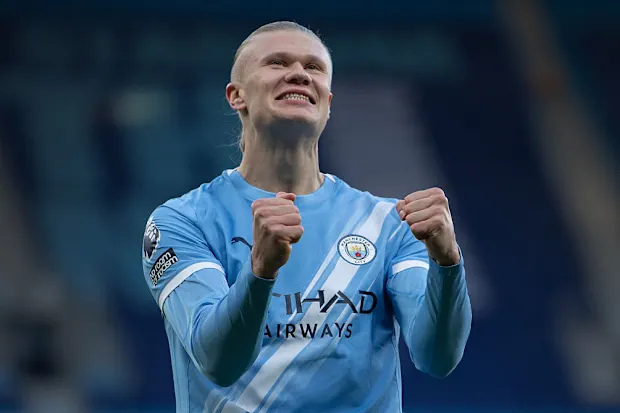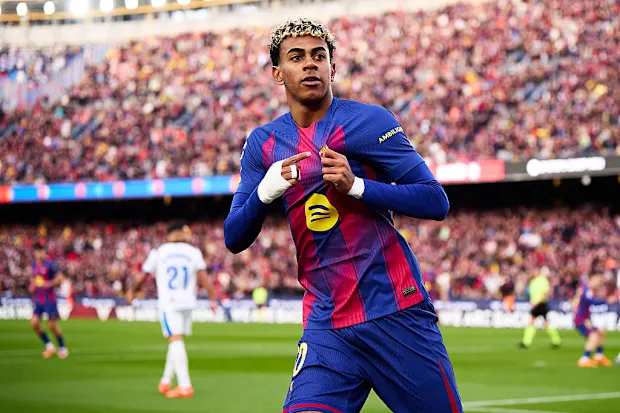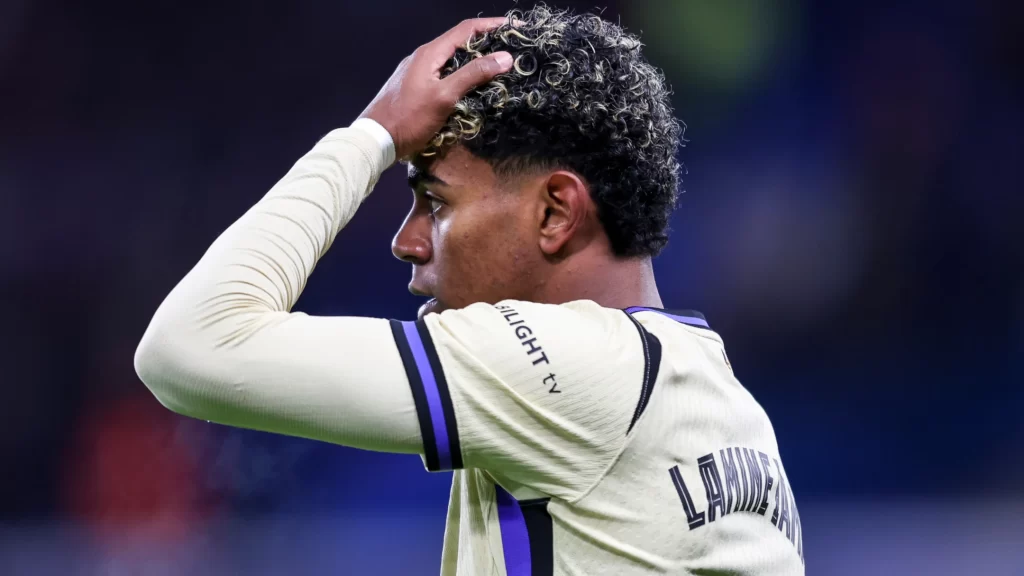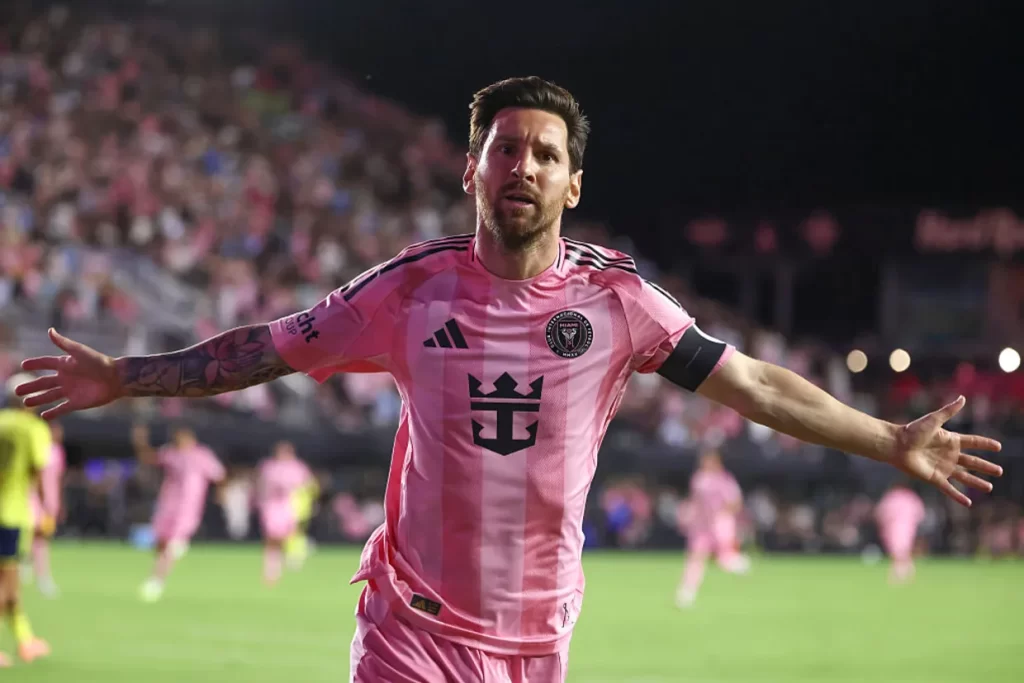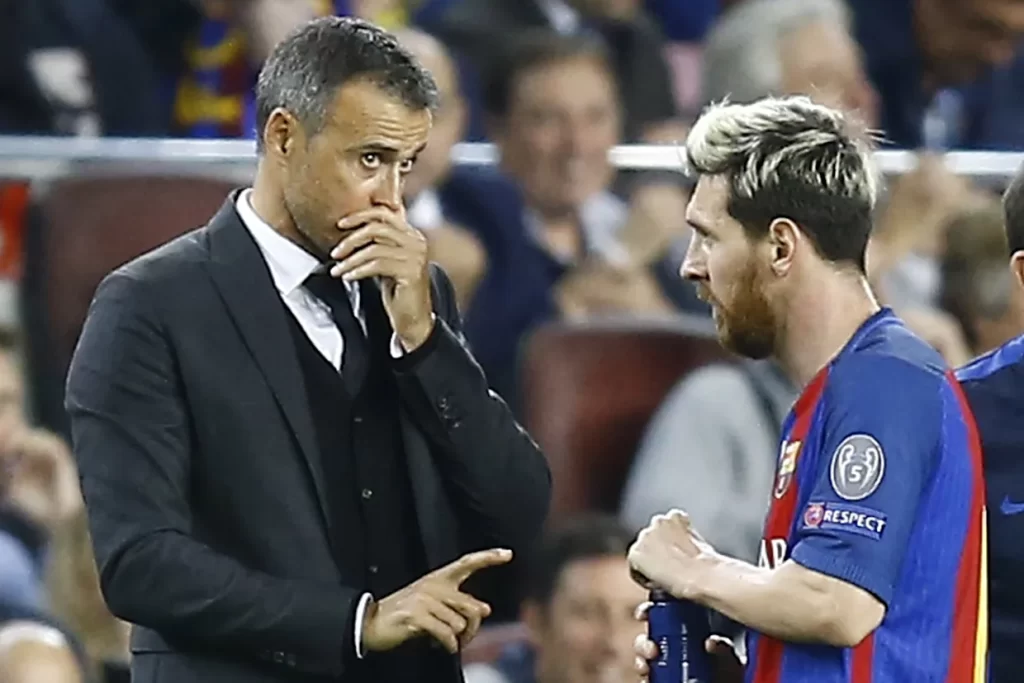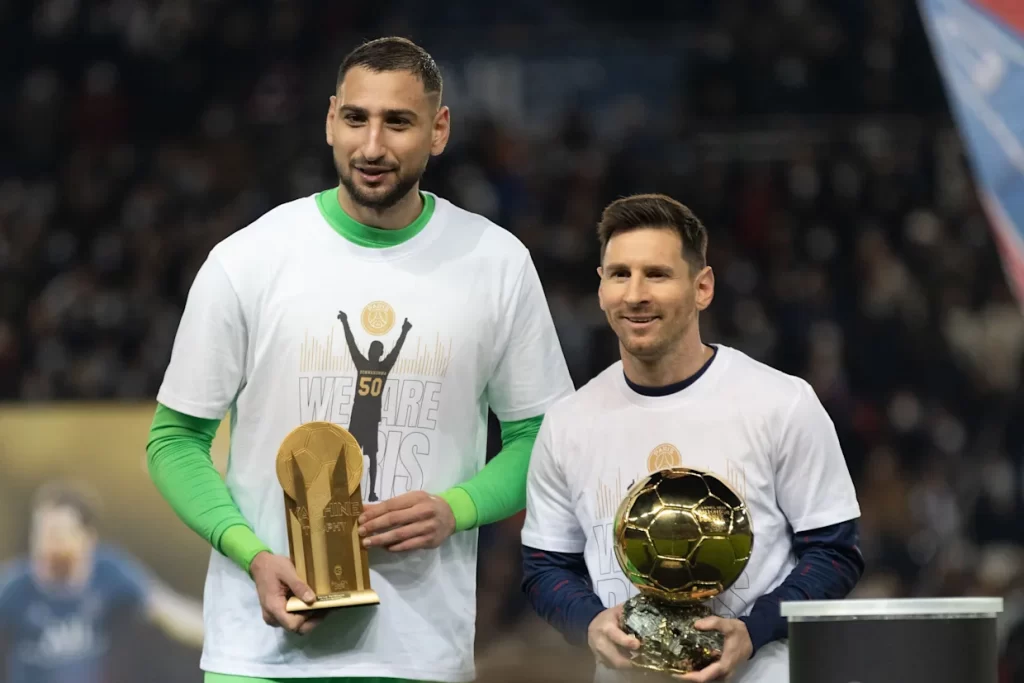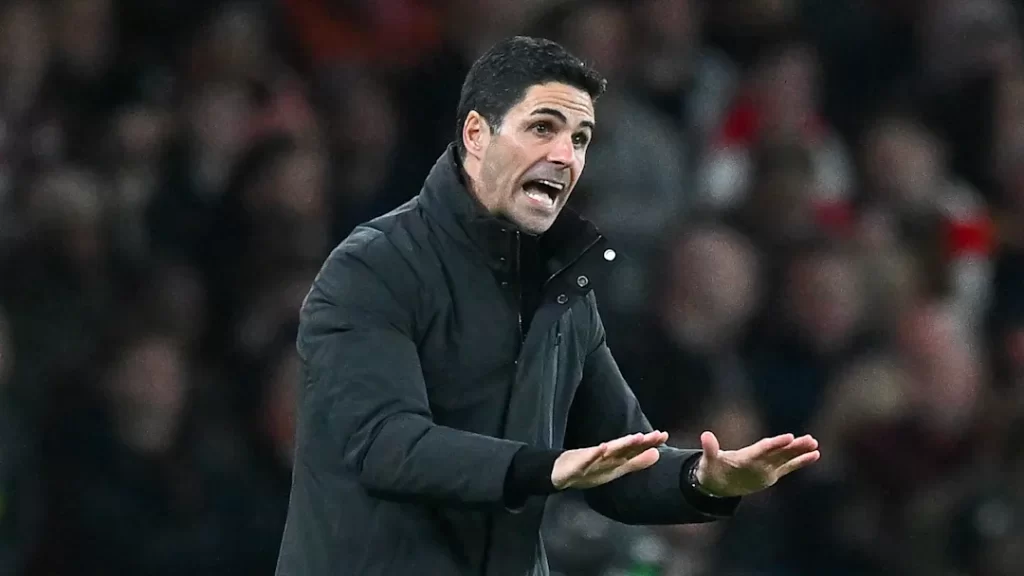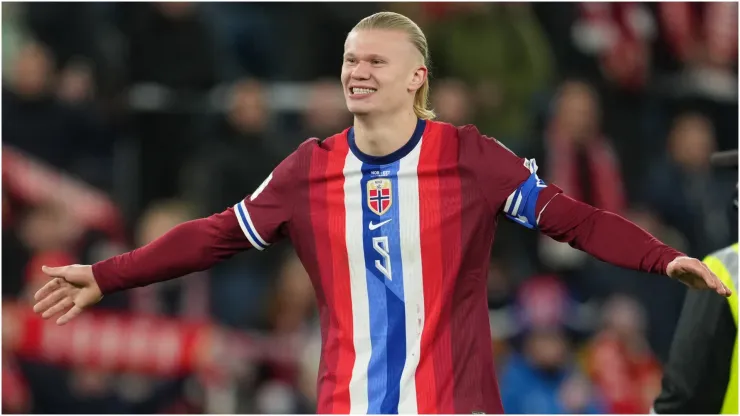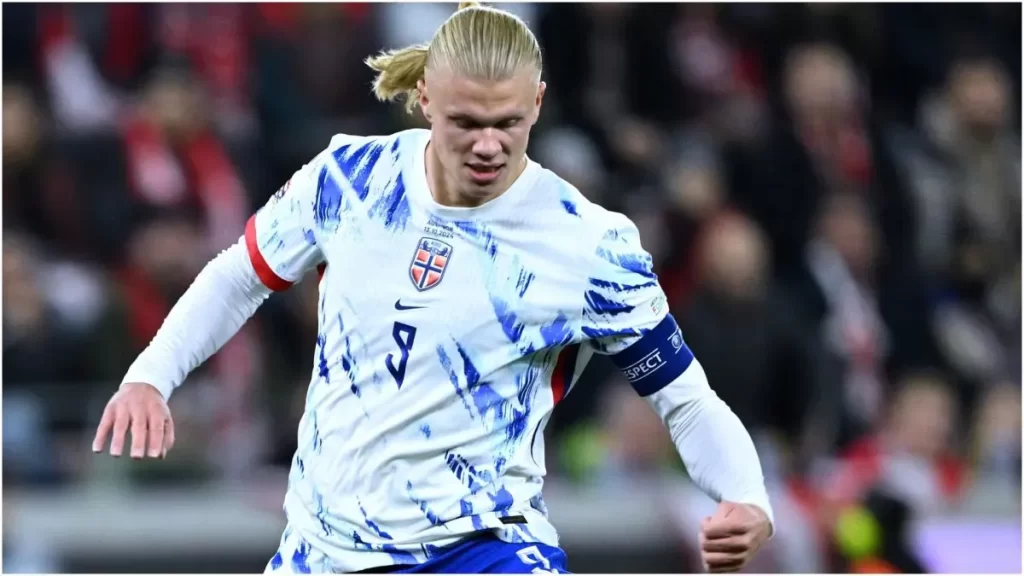År 2026 kan några av de bästa fotbollstalangerna från 2010-talet ta sig in i den amerikanska fotbollens toppskikt.
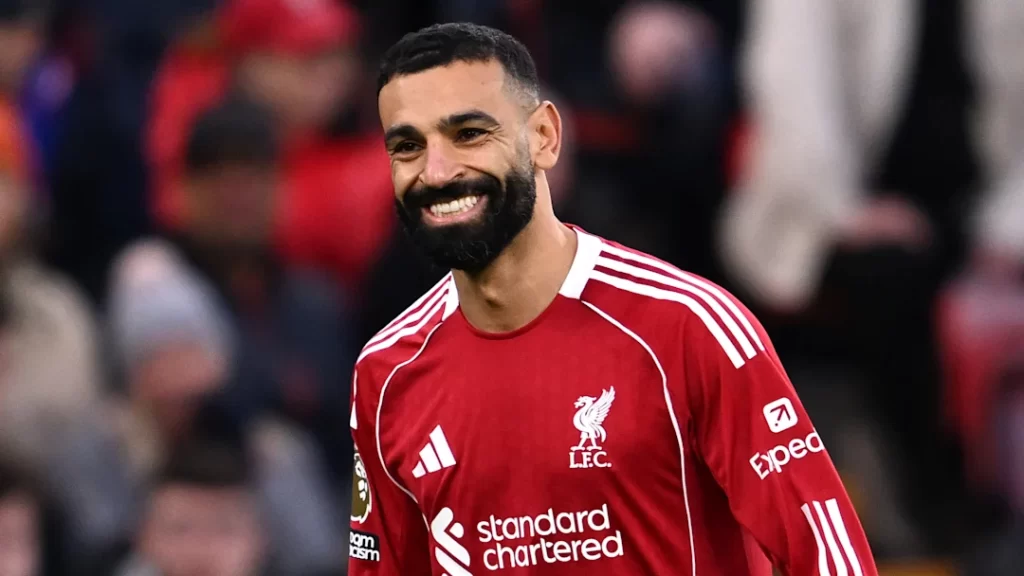
Sedan David Beckham först kom till Los Angeles Galaxy 2007 har Major League Soccer (MLS) gjort det till en vana att locka till sig några av världens bästa spelare, särskilt i slutet av deras karriärer.
Medan ligans trupp blir yngre och europeiska stjärnor följer efter, är trenden med att MLS värvar veteranstjärnor fortfarande stark och ser inte ut att sluta inom den närmaste framtiden, eftersom stjärnorna från 2010-talet går in i slutskedet av sina karriärer.
Med VM 2026 som huvudsakligen hålls i USA hoppas många klubbar få mer uppmärksamhet för sporten på både kort och lång sikt. Utan tvekan är ett av de bästa sätten att locka uppmärksamhet att värva en etablerad stjärna.
Nedan följer Sports Illustrateds profil över fem spelare som kan komma att dyka upp på planen inom en snar framtid i Major League Soccer.
Mohamed Salah – Liverpool
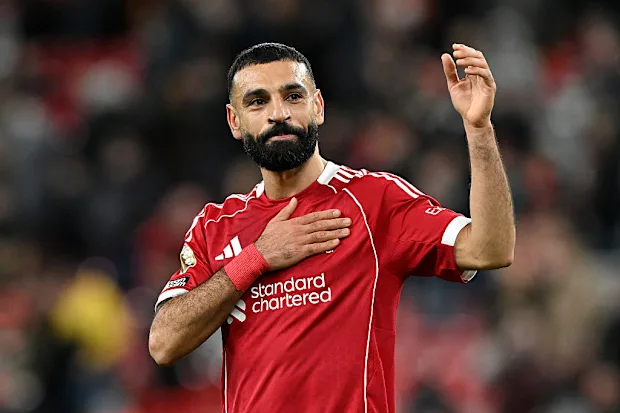
Kommer Mohamed Salahs nästa steg efter att ha lämnat Liverpool att vara Major League Soccer? Den egyptiske anfallaren hade en fantastisk tid i Liverpool och bidrog med 29 mål och 18 assist förra säsongen i Liverpool fotbollströja, vilket hjälpte laget att vinna Premier League-titeln 2024-25.
Hans situation har dock spårat ur i år, med problem både vad gäller prestationer på planen och medieexponering. Han har bara lyckats med 4 mål och 3 assist på 14 Premier League-framträdanden och har offentligt uttryckt missnöje med klubben och sin roll.
Den 33-årige Salahs kontrakt med klubben löper ut sommaren 2027, men för vissa MLS-klubbar kanske den återstående tiden på stjärnans kontrakt inte är ett problem, eftersom Los Angeles FC värvade Son Heung-min för rekordsumman 26,2 miljoner dollar år 2025.
Globalt sett kommer MLS-klubbar inte att vara de enda som är intresserade av att värva honom, men de kommer mycket sannolikt att värva honom, oavsett om det är som ytter eller renodlad anfallare som Son Heung-min gjorde i LA.
Robert Lewandowski – Barcelona
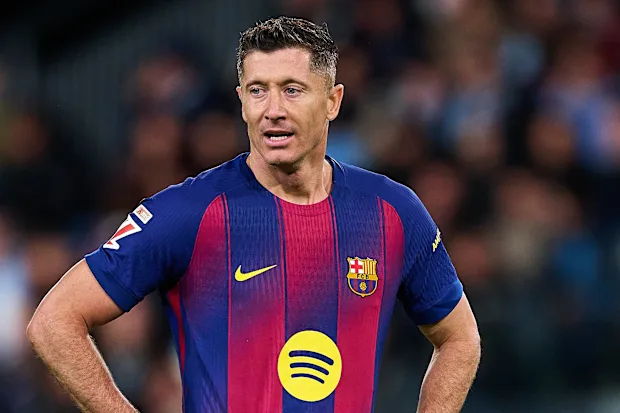
Få av världens bästa spelare har bibehållit så hög effektivitet framför mål som Robert Lewandowski under de senaste två decennierna. En flytt till Major League Soccer (MLS) kan vara ett klokt drag för honom i slutet av hans karriär.
Det är dock tydligt att spelarna måste ta det första steget mot att gå med i MLS innan deras karriärer helt går under. Ta Luis Suarez, till exempel; Han hade det svårt i Inter Miami 2025 efter en fantastisk men framgångsrik säsong 2024, där åldern redan är ett tecken på hans sjunkande form. Därför bör Lewandowski flytta till MLS 2026, och hans utgående kontrakt med Barcelona erbjuder en gynnsam möjlighet.
Denna säsong har den polska anfallaren gjort 9 mål och 2 assist på 942 minuter, och han förväntas göra 42 mål och 3 assist i alla tävlingar under säsongen 2024-25.
Nästan varje MLS-klubb behöver en toppanfallare, och nya rapporter tyder på att han har varit nära kopplad till Chicago Fire (staden med den största polsk-amerikanska befolkningen utanför Polen) och Inter Miami.
Han skulle också kunna följa exemplet från sin tidigare Bayern München-lagkamrat Thomas Müller, som valde att skriva på med Vancouver Whitecaps för att fokusera på sin sportkarriär snarare än med FC Cincinnati, en marknad som domineras av tyska spelare.
Antoine Griezmann – Atlético Madrid
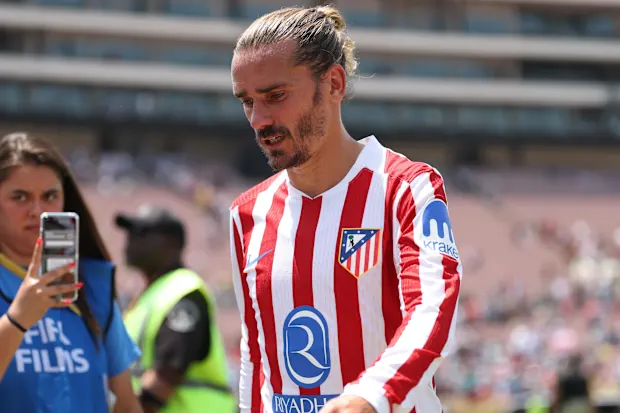
Rykten om övergångar som kopplar Antoine Griezmann till MLS har florerat i åratal, och flytten verkade oundviklig. Han stannar dock kvar i Atlético Madrid, klubben han har tillbringat större delen av de senaste 11 åren med.
Även om han har gjort 204 mål i La Liga, närmar sig hans tid i Spanien sitt slut. Hans kontrakt löper ut sommaren 2027, och med tiden blir en flytt till Major League Soccer (MLS) alltmer sannolik.
För närvarande har både Los Angeles FC och Inter Miami försökt värva den erfarna franske anfallaren men har misslyckats med att nå en överenskommelse med Atlético Madrid eller spelaren själv. Charlotte FC var också enligt uppgift intresserade av att värva honom i december förra året.
”Jag har fortfarande mycket tid att spela, mycket energi och mycket klart huvud att spela och spela en viktig roll för klubben”, sa Griezmann i november 2025, efter att ha meddelat sin pensionering från landslaget redan i september 2024.
”Alla vet att min dröm och mitt mål är Major League Soccer (MLS), men jag har för närvarande ett kontrakt med Atlético Madrid och jag hoppas kunna stanna kvar i laget.”
James Rodriguez – Fri agent

Det kanske mest realistiska alternativet på listan är James Rodriguez, som måste hitta en klubb om han vill behålla sin bästa form för Colombia i VM. Hans senaste offentliga framträdande var en video av honom när han tränade frisparkar som publicerades på sociala medier, och han letar fortfarande efter en ny klubb efter att ha lämnat León i den mexikanska ligan. Denna 34-årige offensiva mittfältare, även om han inte är lika dynamisk som han var under sin storhetstid i Colombia, Real Madrid och Everton, är definitivt kapabel att bidra på hög nivå till de flesta Major League Soccer (MLS)-lag.
Rapporter tyder på att flera MLS-klubbar var intresserade av att skriva kontrakt med honom innan hans kontrakt med Liga MX (som börjar 2025), men flera lag är fortfarande intresserade. Orlando City och Toronto FC har länge kopplats ihop med honom, och nya rapporter tyder på att Columbus Crew också kan vara en potentiell destination.
I vilket fall som helst är det avgörande för Rodriguez att hitta en klubb att spela för, och MLS-möjligheten kan vara precis rätt, även om det bara är ett kontrakt till 2026.
Weston McKennie – Juventus
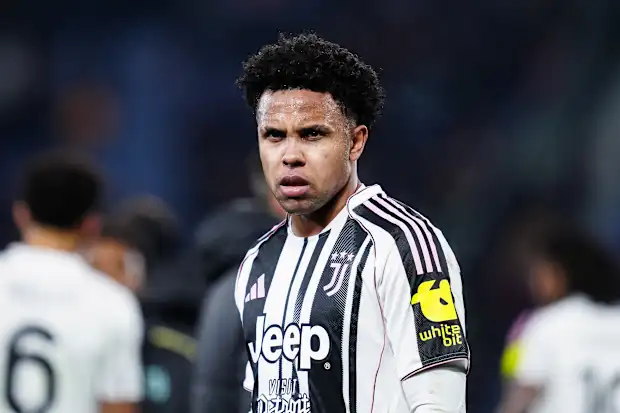
Weston McKennie är en av de största mittfältarna i det amerikanska herrlandslagets historia och har uppnått anmärkningsvärda framgångar i över 200 framträdanden för den italienska giganten Juventus. Trots hans utmärkta prestationer de senaste månaderna löper hans kontrakt bara till juni i år och bortom VM 2026, och allt tyder på att Juventus inte kommer att förnya det.
Den 27-årige spelaren kan komma att förlora sin klubb efter VM, men hans status som mångsidig spelare kan locka intresse från Major League Soccer (MLS), särskilt om han kan hjälpa det amerikanska landslaget att nå längre i VM, vilket skulle öka sportens prestige i USA.
Ur det amerikanska landslagets perspektiv är det inte bra att lämna en av Europas fem bästa ligor efter en fantastisk säsong, men flera MLS-lag kan komma att söka hans signatur i slutet av säsongen 2026, MLS Cup-slutspelet och därefter.
”Jag vill stanna kvar i Fotbollströjor Billigt Juventus. Men jag har lämnat allt till min agent”, sa han i november. ”Turrin är en mycket viktig del av mitt liv, så jag vill göra allt jag kan för människorna här.”
